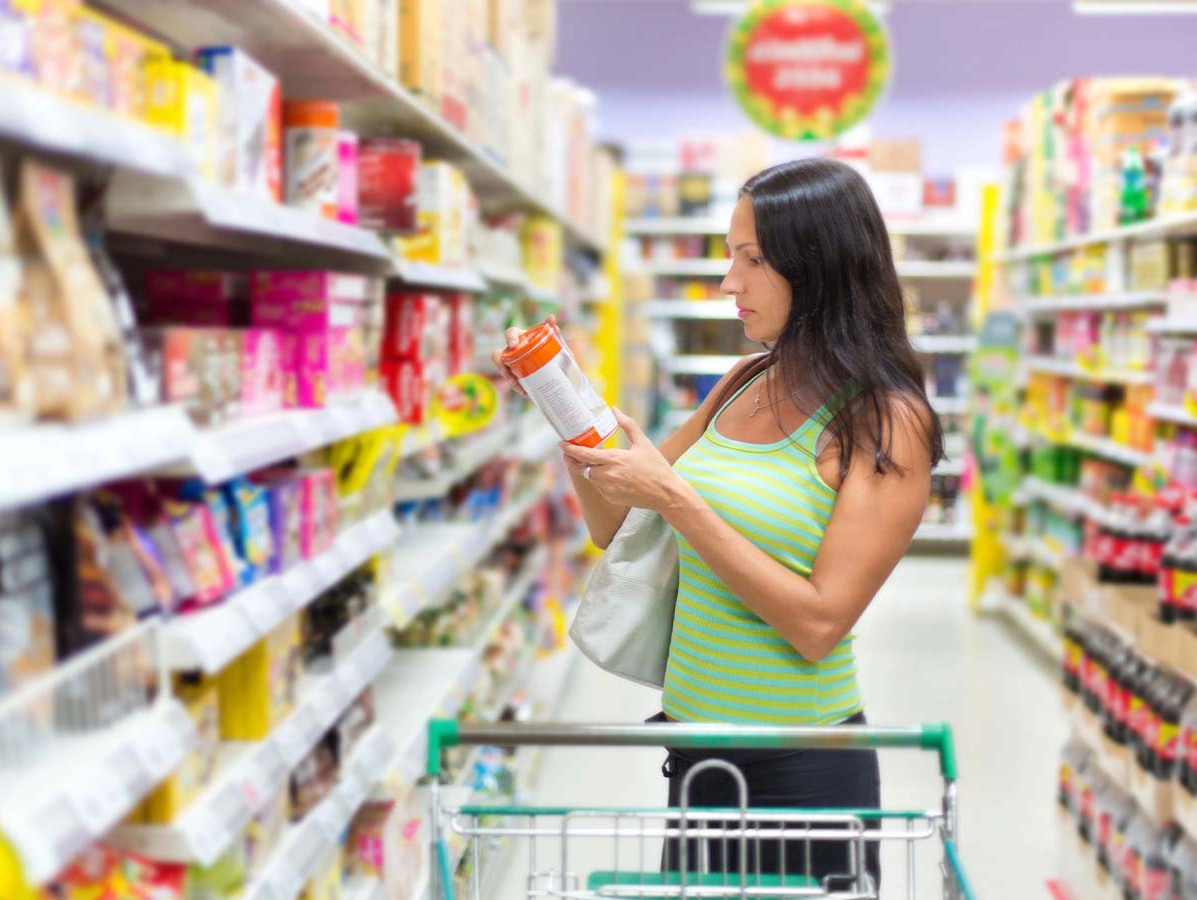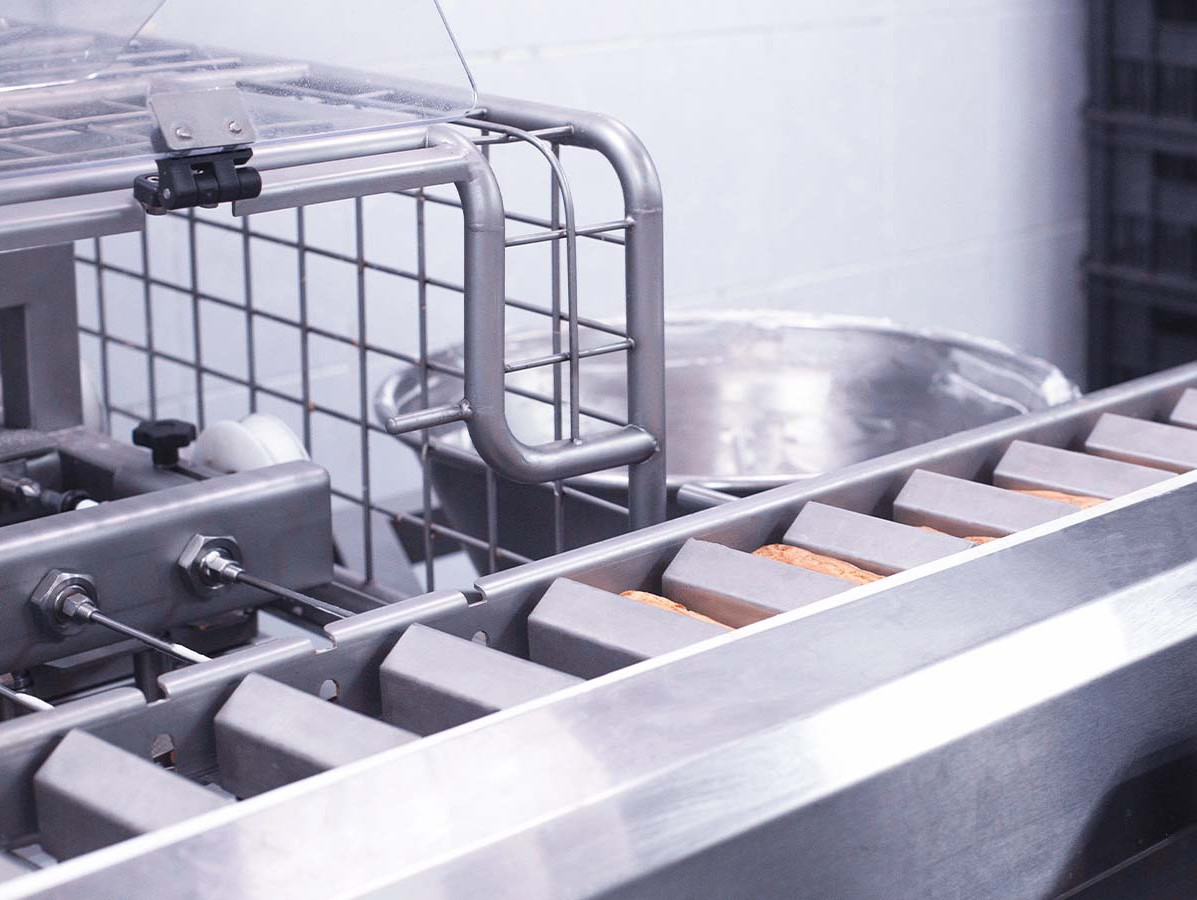
Effective January 1, 2026, a new allergen policy will be implemented in the Netherlands. "Our goal was to establish clarity; we aimed to reach agreements that everyone could support," says Yvonne Huigen, Coordinating Specialist Inspector at the NVWA. This has been achieved, as the Dutch guideline is the result of close consultation between the Ministry of Health, Welfare and Sport (VWS), FNLI, CBL, NVWA, and patient organizations.
In Europe, there is clear legislation for the mandatory labeling of allergens when they are added as an ingredient to food products. However, when it comes to allergens that may be present as contaminants (cross-contamination) in food, the situation becomes ambiguous. It's peculiar, considering that about 500,000 Dutch people have a food allergy. They can become seriously ill or, in the worst case, even die from eating even very small amounts of allergens such as nuts or crustaceans and shellfish.
Over the past few years, there have been many discussions about PAL (Precautionary Allergen Labelling) and reference values. Reference values set a threshold; below this threshold there is no risk, but above it, there is a risk to health. In 2016, the Bureau for Risk Assessment & Research (BuRO) determined reference values for 11 specifically named allergenic products (peanut, milk, egg, hazelnut, soy flour, wheat, cashew nut, mustard, lupine, sesame, and shrimp). These values have recently been adjusted based on new research.
PAL is a warning on a package or label about allergens or substances causing intolerance that you would not expect in a product based on the ingredient list. These are warnings such as 'may contain traces of peanuts' or 'made in a factory that also processes nuts', among other variations. Particularly, PAL is a topic that both NVWA, the business sector, and patient organizations are increasingly struggling with: what is the actual value of such a warning?
Legally, there are two situations for allergens. The first and most obvious is: allergens are used as an ingredient. Substances or products that cause allergies or intolerances and are used in the manufacturing or preparation of a food product, and still present in the final product, must always be labeled prominently, according to European Regulation (EU) No. 1169/2011. Reference values can be used to determine whether, when an allergenic ingredient is not declared, there is a legally harmful food product for an allergic consumer (according to Article 14 of Regulation (EC) No. 178/2002).

The second situation concerns cross-contamination. This can occur as a result of a poorly controlled production process. If an allergen is added as an ingredient, it must be prominently mentioned in the ingredient list, even if the amount is below the reference value. If an allergen is unintentionally present through cross-contamination and the amount is below the reference value, PAL must not be used. PAL must provide sufficient and correct information to the allergic consumer and offer a commercial perspective.
Yvonne: "The problem is that now too many products still carry a PAL warning. It might be in there; in large quantities even. But it might also not be there. Therefore, a patient can't really use this information. Patient organizations approached the Ministry of Health, Welfare and Sport (VWS). They felt that something needed to be done about all these claims. 'You allow these warnings to be mentioned everywhere,' they argued. 'We don't know what value to attach to the warnings; soon we might not be able to consume anything at all.'"
Jan Eliëns, Senior Inspector Expertise Industry at the NVWA, continues: "A few years ago, we identified several severe problems at companies due to cross-contamination with allergens. We took action and implemented measures. But it also proved difficult, both for the companies and for us, because there was no clear regulation. In Regulation 1169/2011, the labelling regulation does mention the PAL statements, and the European Commission was supposed to establish implementing rules, but we've been waiting for that for 10 years. As a member state we can wait for Brussels to decide, or we choose to create clarity now; for the consumers and producers in our own country."
Yvonne: "Under the leadership of VWS, the initiator, we all sat down together. The goal was to come to agreements that everyone could support: we as regulators, the industry, the responsible ministry, and the patient organizations. The starting point was that you should only put a warning on the packaging if it really couldn't be avoided. That immediately raised the next question: When is that exactly? We discussed this with each other. We are very pleased that we could really tackle this together."
Jan: "The industry associations FNLI and CBL are the lead authors of the document. We have read along and provided feedback."
Yvonne: "The result is a very comprehensive manual, with a clear step-by-step plan. There is a lot of interest from abroad. We hope that this regulation will also be adopted in other countries."

Jan: "First, we expect the company to take all preventive measures to prevent cross-contamination, the unintended presence of allergens. Hygiene measures are primarily based on managing food safety aimed at microorganisms. The residual presence of allergens may not pose a food safety risk for many people; for those with a food allergy, it definitely is. Therefore, you must produce cleanly and clean properly; using good methods, in the right spaces, and with the right materials."
In Regulation (852/2004), an addition concerning allergens was made in 2021. "It states that you cannot simply use the same equipment for different products, in the context of cross-contamination; unless you clean this equipment very well." He illustrates this with an example: "Suppose you produce peanut butter. And right after that, on the same line, in the same tank, you make chocolate spread; if you don't clean in between, there might not be a bacteriological problem, but certainly an allergen problem. You are expected to do something to prevent that. Work neatly and clean, and separate product streams where possible; in storage and in production. If you have two different products - one with and one without allergens – and you have two factory locations, keep the products separated across those locations. If you have two rooms, use two rooms; if you have two lines, use a separate line for each product."
Regarding risk assessment, it's about the actual risks and whether they are demonstrably present. "The intention is not to approach this theoretically," Jan emphasizes. "The argument 'In the cafeteria, people sometimes eat a sandwich with peanut butter, so this allergen could end up in my product,' doesn’t say anything. When you find nothing demonstrably, you apparently have your preventive measures well in hand. Then no warning should be placed on the packaging. If your preventive measures are in order, but there is still a demonstrable chance of cross-contamination, or rather the unintended presence of allergens above the newly associated reference values, then a PAL warning is mandatory. Only two formulations are allowed for this: 'may contain XX', and 'not suitable for…'"
Jan: "The most important thing for the industry now is that they become aware of the fact that they need to have their allergen policy in order. We as regulators will be checking on this: are the preventive measures sufficiently applied? Is the decision to put a warning on the packaging or not a correct assessment? Is the correct text used?"
Yvonne: "This has a major impact on companies. They need to do much more and have another year and a half to implement the policy. First, cross-contamination with allergens must be taken into account, for example, in the cleaning of the equipment. In addition, the company must have a good risk assessment regarding the actual possibility of cross-contamination of allergens. We will of course train our own inspectors in allergen management, and inform the industry about the guideline, including through webinars." She concludes: "The fact that both the industry and the NVWA are now adopting exactly the same principles, we see as pure profit. The gain for patient organizations is that they can rely on warnings only being on food products where there is actually and demonstrably a risk that they contain allergens, and no longer on food products where that risk is virtually zero."
Source: Vakblad Voedingsindustrie 2024